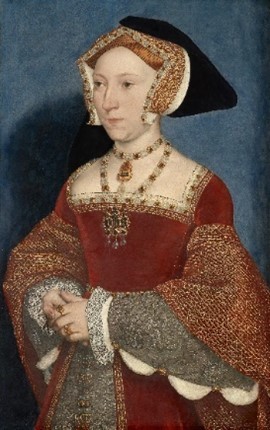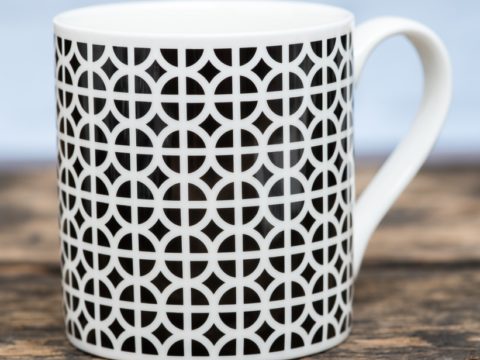The Influence of Henry VIII's Wives on Tudor Fashion Ideals
Chapter 4 : Jane Seymour

Jane Seymour had served as a maid of honour to queens Katharine and Anne. Contemporary sources agree that although Jane was fair skinned with light hair and eyes, she was not a great beauty, and many courtiers were surprised by Henry’s choice. In her mid-twenties, Jane was old by Tudor standards, and her younger sister Elizabeth married before her. This was very unusual, and Norton believes it suggests Jane was not considered attractive. But Jane was the opposite of Anne Boleyn, and that attracted Henry. When the couple married, Sir John Russell wrote to Lord Lisle, “the king hath come out of hell into heaven, for the gentleness of this, and cursedness and unhappiness of the other.” Russell also observed after the wedding “that the richer she (Jane) was in apparel, the fairer and goodly lady she was and appeared; and the other (Anne),” he said “was the contrary, for the richer she was apparelled, the worse she looked.” Chapuys wrote “(Jane) is of middle height, and nobody thinks she has much beauty. Her complexion is so whitish that she may be called rather pale.”
Jane’s wardrobe accounts show she spent large amounts on wardrobe, and had a wider variety of garments than Katharine. In addition to purple, crimson, blue, and cloth of gold and silver, she wore a great deal of white. Jane’s accounts also record large amounts of trim and many decorative, embroidered sleeves. Notably, of all of Henry’s wives, Jane’s was the only wardrobe the king kept for the rest of his life.
Evidence of Jane’s love of clothing and decorative sleeves can be seen in Holbein’s portrait, housed at the Kunsthistorisches Museum. Of the portrait, Eco describes her “stiffness…with the thin lips and the expression of a competent mistress of the house, without any passionate traits.” Her dress’ waistline appears slightly below normal, with a square neckline. Jane wears her trademark gable hood, which she became known for wearing in her efforts to juxtapose Anne Boleyn.
Jane was the last famous wearer of the gable hood, and she preferred her ladies not wear French hoods. In a letter to Lady Lisle about her daughter Anne Bassett, Sir John Russell wrote the queen had said Anne could not wear her French hoods, and that she must obtain “a bonnet and frontlet of velvet.” However, Mikhaila points out that Anne’s French hoods were given to other prominent ladies of the court. Also, Jane’s own wardrobe accounts include “one French whode of blac Vellat.”
In 1537, Jane gave birth to Henry’s only male heir, Edward VI. Sadly, this most enigmatic of queens died shortly after giving birth, and was only queen for 18 months.
Anne Bassett, Jane’s maid of honour who was forced to give away her French hood, was said to be a great beauty, and was also a rumoured mistress of the king. She arrived at court in 1537, and is said to have begun an affair with Henry between 1538 and 1539, although no contemporary records exist to prove this. John Hussey wrote in May 1537, “it is the third of the Bassett daughters who cuts the most brilliant figure…in the general opinion Anne was esteemed the prettiest and wittiest, the beauty of the family.” Upon Jane’s death, when her ladies were dismissed, Anne Bassett remained at court at the king’s request. In a contemporary portrait of Anne Bassett, she interestingly looks very similar to Jane Seymour. Perhaps she was emulating the queen, or perhaps Henry had sought solace in a woman who looked similar to his late wife.
